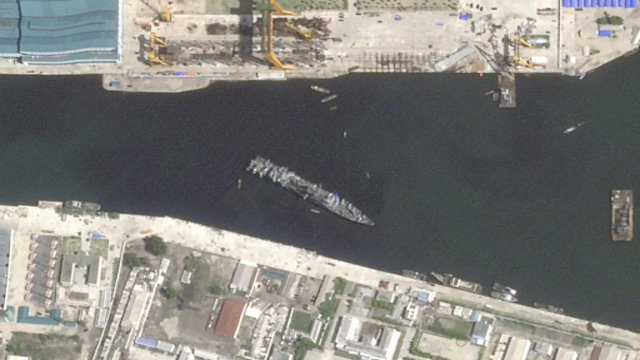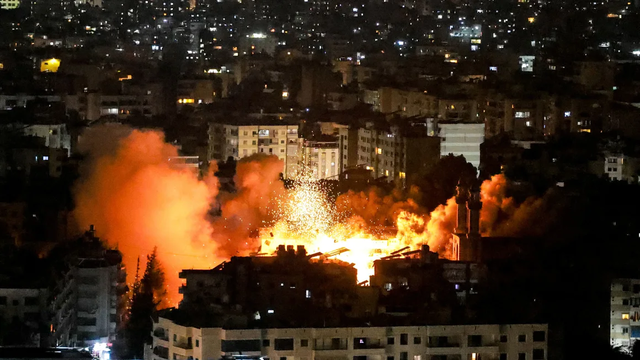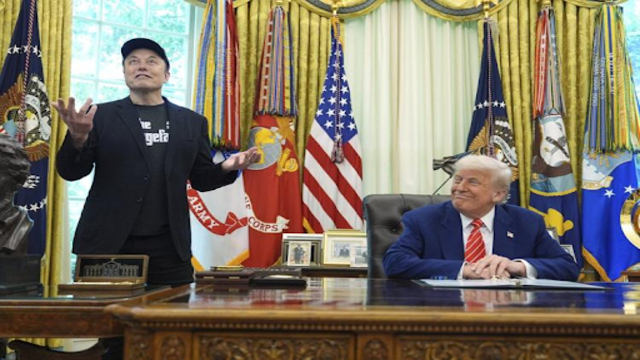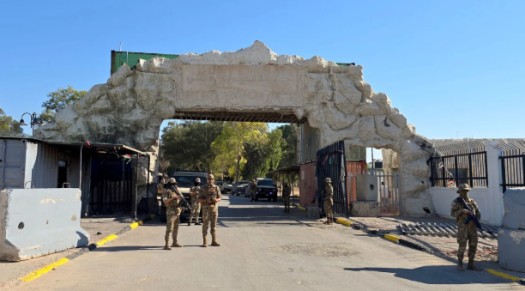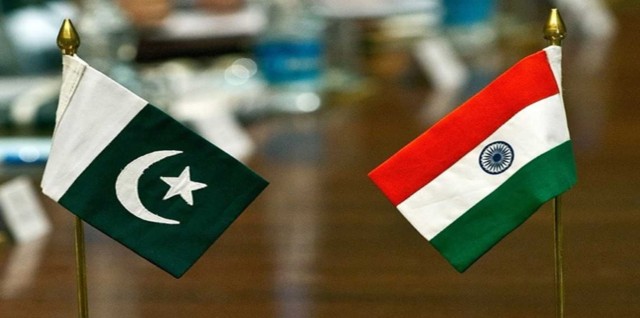
Representational Image
The fragile peace between India and Pakistan is set to hold — at least for now. The two countries have agreed to extend their ongoing ceasefire along the Line of Control (LoC) and border areas until May 18. Sources confirmed that the Director Generals of Military Operations (DGMOs) from both sides are preparing to engage in another round of discussions.
Border Calm to Continue, Military Officials to Review Situation
The DGMOs of New Delhi and Islamabad will meet to assess the security situation across the LoC. This is part of a larger plan to continue confidence-building measures aimed at reducing tensions. The Indian Army noted that both sides agreed to maintain the peace after a key understanding was reached on May 10.
According to military sources, the goal is to keep alert levels low unless the ground reality demands a shift. As developments unfold, further communication between the nations is expected.
Flashback: What Triggered the Conflict
This recent ceasefire extension follows an intense four-day exchange of drone and missile strikes between the two nations. The escalation began after a deadly terror attack in Pahalgam on April 22 that left 26 people dead.
In retaliation, India launched Operation Sindoor on the night of May 7-8, targeting terror bases in Pakistan and Pakistan-Occupied Kashmir. This marked a significant shift in India’s response strategy, combining both military and diplomatic countermeasures.
Pakistan Responds With Force
Following India’s military action, Pakistan retaliated by launching drone and rocket strikes. These targeted Indian civilian zones and military posts. However, India intercepted many of these attacks and responded with strikes on multiple Pakistani air bases and military facilities.
Despite this tit-for-tat exchange, both nations agreed on May 10 to halt all military action — by land, air, and sea. Yet, within hours of this agreement, Pakistan reportedly violated the terms, triggering renewed concerns over the ceasefire's fragility.
India’s Diplomatic Push: Indus Water Treaty on Hold
In a bold diplomatic move, India suspended the Indus Waters Treaty — a water-sharing agreement dating back decades. This decision added another layer to the conflict, impacting both agriculture and water supply in large parts of Pakistan.
Pakistan’s government immediately appealed to India’s Jal Shakti Ministry, urging a reversal of the suspension. Islamabad warned that keeping the treaty in abeyance could lead to a national crisis.
However, India has taken a firm stance. The treaty, it said, would remain suspended until cross-border terrorism ends "credibly and irrevocably".
PM Modi Sends a Strong Message
Prime Minister Narendra Modi addressed the nation following Operation Sindoor. His message was unambiguous: “Water and blood cannot flow together.”
He reiterated India’s position that peace talks and terror cannot happen side by side. The Prime Minister emphasized that while India has agreed to a ceasefire, it has only paused further military actions — not abandoned them.
“The next step will depend on Pakistan’s behavior,” PM Modi declared, making it clear that India remains vigilant.
Pakistan Calls for Peace Talks
Meanwhile, Pakistan Prime Minister Shehbaz Sharif extended an olive branch. On Thursday, he expressed readiness to engage with India for peace. This comes even as tensions remain high and trust between the two nuclear-armed neighbors is at a low.
Whether this gesture will lead to lasting peace remains uncertain. For now, the world watches as India and Pakistan attempt to maintain a delicate ceasefire while navigating a deeply complex relationship.




